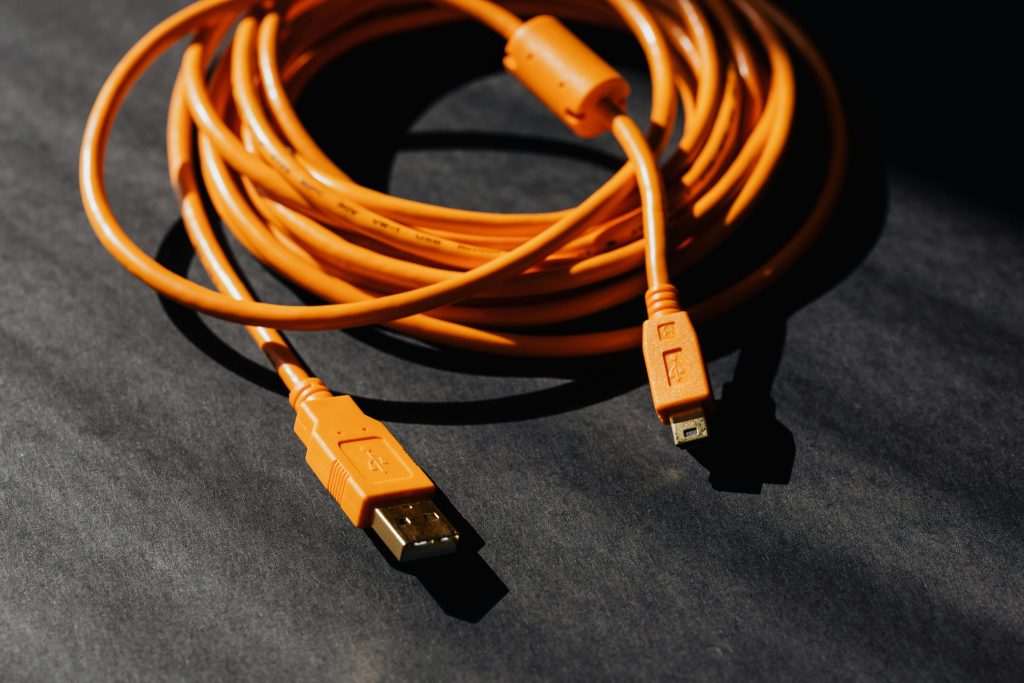Title: Troubleshooting Display Issues on Your Laptop: What You Need to Know
Are you experiencing frustrating display problems with your laptop? If you find your screen intermittently flickering between a striped pattern and complete fuzziness, you’re not alone. Many users, even with relatively new devices, face similar challenges.
In this post, we’ll explore some potential reasons behind these display disruptions and offer tips on how to address them.
Understanding the Issue
Your laptop’s display should provide a clear and consistent visual output. However, issues like screen flickering and distorted images can be indicative of various underlying problems, even if your computer is less than two years old.
Possible Causes
-
Software Updates: Occasionally, after performing system updates, new drivers or software can conflict with your device’s existing configurations, leading to display issues.
-
Graphics Driver Errors: Outdated or corrupted graphics drivers are common culprits behind display problems. Ensuring you have the latest drivers installed can often resolve these issues.
-
Hardware Malfunctions: There could be a problem with your laptop’s hardware components, such as the display cable, graphics card, or even the screen itself.
-
External Factors: Sometimes the issue may stem from external factors, such as connected peripherals or incorrect display settings.
What Can You Do?
-
Restart Your Laptop: This simple step can sometimes rectify minor software glitches.
-
Update Drivers: Check for updates for both your operating system and graphics driver. You can often do this through your computer’s settings or by visiting the manufacturer’s website.
-
Check Connections: If you’re comfortable doing so, inspect any internal connections (like the display cable) or testing external monitors to rule out hardware faults.
-
Consult Professional Help: If the issue persists after trying these suggestions, it may be wise to reach out to a professional technician for further assistance.
Taking a proactive approach to your laptop’s display issues can lead to a swift resolution and a return to a smooth computing experience. Don’t let a temporary setback disrupt your productivity!
Share this content:




Hi,
Thank you for reaching out about display issues with your laptop. Based on the symptoms you described, here are some steps you can take to troubleshoot and potentially resolve the problem: